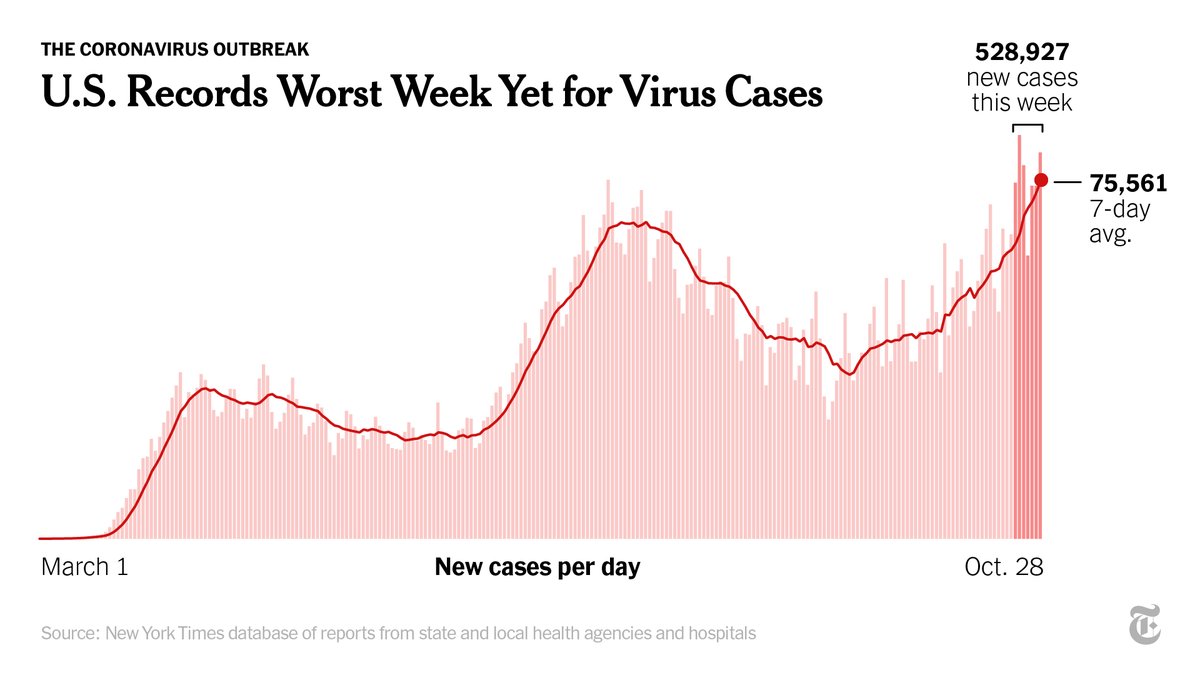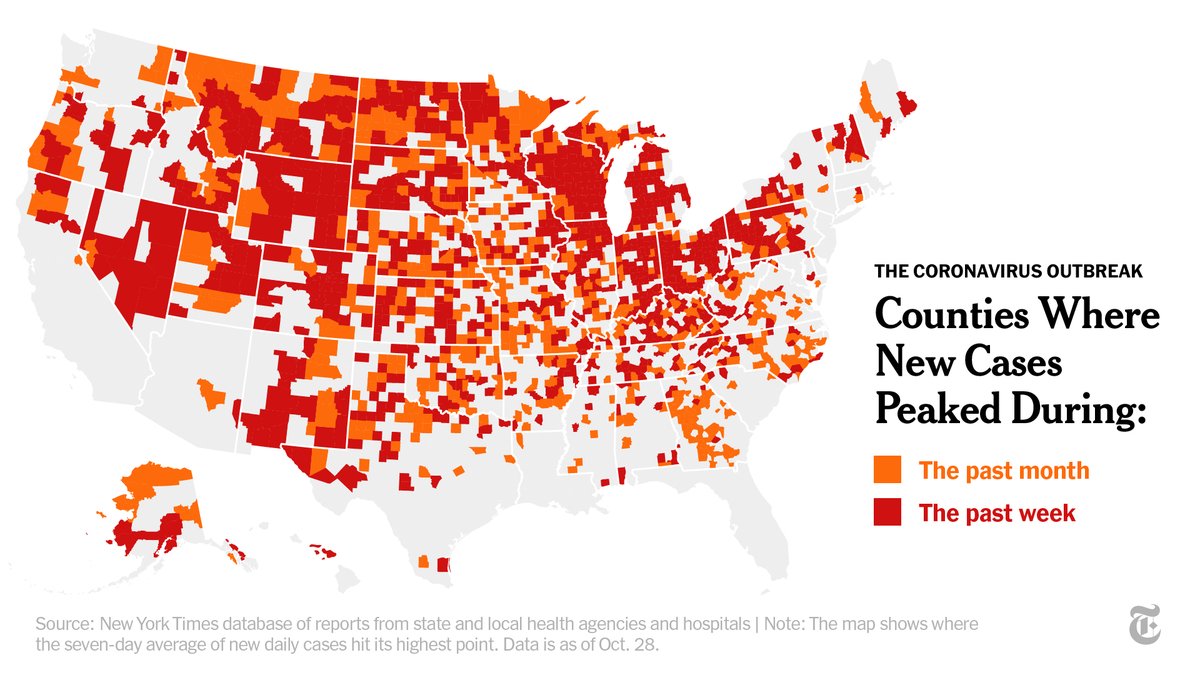
Members of generation Covid-19 are entering the work force at the worst time: The coronavirus pandemic has gutted the European job market, and the virus’s resurgence there has put hope on hold — indefinitely. nyti.ms/2HKZcis
Young people are overrepresented in sectors where jobs are disappearing, including travel, retail and hospitality. European graduates are facing unprecedented competition for even entry-level positions from a tsunami of newly laid-off workers. nyti.ms/2HKZcis 

Europe is not the only place where younger workers face a jobs crunch. Young Americans are especially vulnerable to the downturn. In China, young adults are struggling for jobs in the post-outbreak era. nyti.ms/2HKZcis 

Europeans coming of age in the pandemic are lowering their expectations. Many are resorting to internships, living with parents or returning to school to ride out the storm. Young workers without higher education risk sliding even further. nyti.ms/2HKZcis 

Despite a government furlough program designed to limit layoffs in Britain, hundreds of thousands of workers were laid off just as young job seekers were entering the work force. They were up against candidates with years of experience. nyti.ms/2HKZcis 

The bumpy road to recovery has been difficult to navigate in Italy, where some young people are losing their jobs for a second time. Newly reopened businesses have been forced to shutter again as the virus resurges, further demoralizing job seekers. nyti.ms/2HKZcis 

Even the lucky ones who can find jobs are struggling to make ends meet, working long hours for little pay. Internships and entry-level jobs, if they’re available, often don’t pay enough to live in places like Paris and repay student loans. nyti.ms/2HKZcis 

Read more about the members of generation Covid-19, who are navigating an economic crisis and a resurgence of the virus in Europe at a time when many had been hoping to launch their careers. nyti.ms/2HKZcis
• • •
Missing some Tweet in this thread? You can try to
force a refresh











